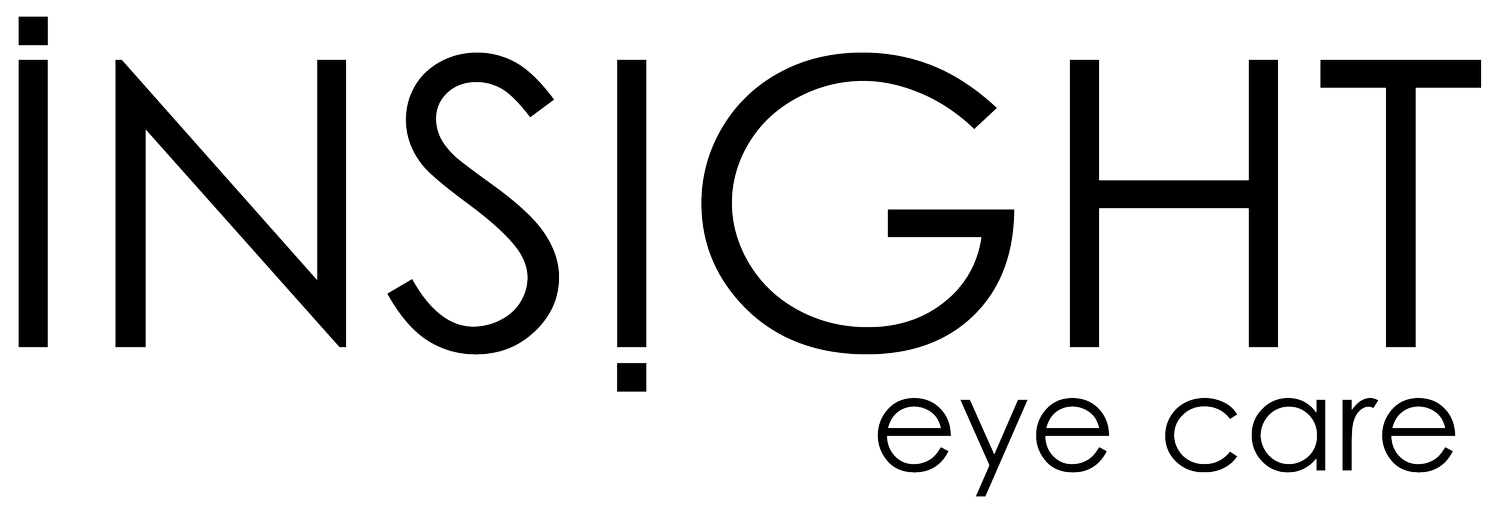Fall Into Healthy Visual Habits This Autumn!
DR. CAROLYN MACNEIL, B.SC., O.D.
The fall season has arrived and kids are well into their school routines! We have a few tips to help keep your child’s vision a priority as they hit the books and, inevitably, the screens this school year.
1. Has your child had an eye examination within the last year?
In Ontario, children aged 19 and under are covered by OHIP for annual eye examinations. The Ontario Association of Optometrists recommends that children have a complete eye examination every year, so check your calendar or call our office to determine if your child is due for an assessment.¹ If your child needs glasses, or if their prescription has changed, early intervention may help reduce the likelihood of vision problems during the school year!
2. Encourage quality sleep and avoid social jetlag!
Early morning wake up times can lead to sleepy mornings for kids adjusting to their fall routines! Try encouraging an early bedtime as well as regular and sufficient sleep for your children. It can help eliminate those grumpy mornings, but may even help their eye health! There have already been studies that have associated increased near-sightedness with poor quality sleep², insufficient hours of sleeping³, late bedtimes⁴, and delayed melatonin circadian timing.⁵
Try to avoid “social jetlag” - this occurs when there are significant differences in your child’s sleep-wake patterns over the weekend when compared to the weekdays.
At the end of the day, every child can benefit from a night of quality sleep! Click here to read a review on the current literature about sleep and near-sightedness in children!
3. Hold books, devices or any reading material at the appropriate distance.
The closer you hold your book, the harder your eyes need to work to focus! Remind your children to use the “elbow distance”, also known as the Harmon distance, when reading. Books and devices should be held at a distance that is equal to the length from their forearm to middle knuckle.⁶
If you or your children use Apple products, there is a feature called “Screen Distance” that detects when you hold your iPhone closer than twelve inches for an extended period of time, and encourages you to move it farther away.⁷
4. Balance screen time with outdoor time.
Shorter daylight hours and cold weather means children often play indoors more frequently. Try to encourage outdoor play, even during the crisp fall season and chilly Canadian winters. Discovering new hobbies like hiking or cross country skiing, can help balance the screen time during the school year. Click here to learn more about the importance of outdoor time in preventing myopia.
As your children head out the door with their backpacks, coats and smart technology, remember that 80% of classroom learning is visual.⁸ Encouraging healthy visual behaviour and staying up to date with their eye examinations will help set your children up for success this school year!
-
-
1. Ontario Association of Optometrists. Eye health and exams for infants and children.
2. Jee, D., I.G. Morgan, and E.C. Kim, Inverse relationship between sleep duration and myopia. Acta Ophthalmologica, 2016. 94(3): p. E204-e210.
3. Ayaki, M., et al., Decreased sleep quality in high myopia children. Scientific Reports, 2016. 6: p. 33902.
4. Liu, X.N., et al., Sleeping late is a risk factor for myopia development amongst school-aged children in China. Scientific reports, 2020. 10(1): p. 17194.
5. Chakraborty, R., et al., Myopia, or near-sightedness, is associated with delayed melatonin circadian timing and lower melatonin output in young adult humans. Sleep, 2021. 44(3).
6. Boccardo L. Viewing distance of smartphones in presbyopic and non-presbyopic age. J Optom. 2021;14(2):120-126. doi:10.1016/j.optom.2020.08.001
7. Apple: What is Screen Distance? https://support.apple.com/en-us/HT213862
8. UCLA study: Impact analysis of vision to learn. Vision To Learn. (2018, January 15).





